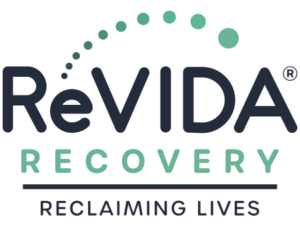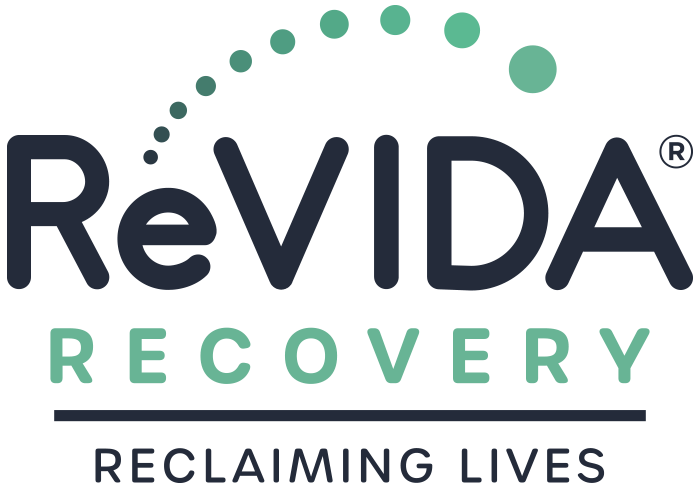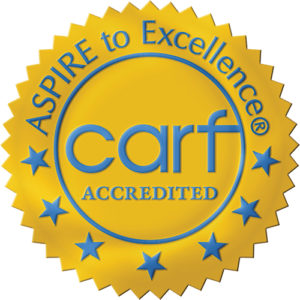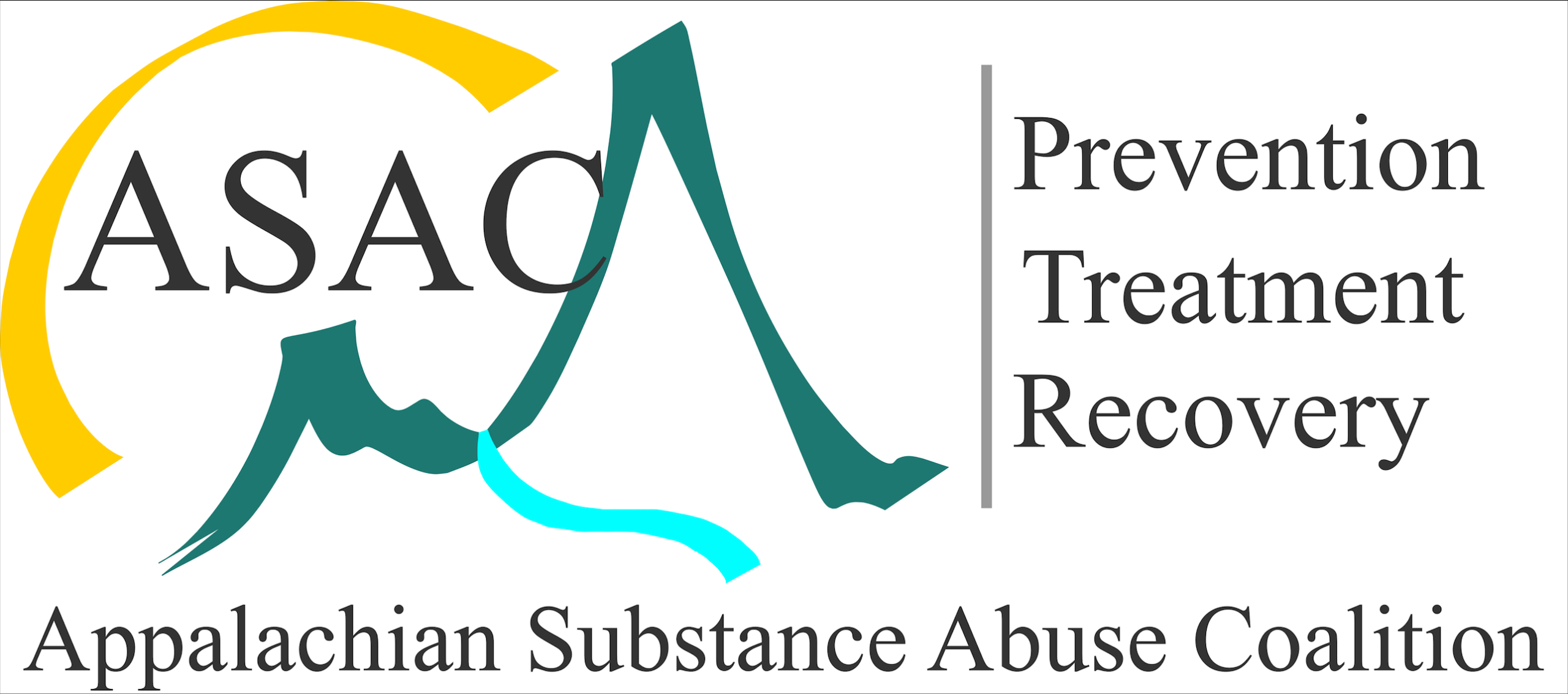Table of Contents
How Long Does Suboxone® Block Opiates
You just started taking medication for opioid use disorder (OUD). Naturally, you may have a couple of questions about it and how it works. You don’t want to relapse and want to greatly reduce the risk of that, so you want to know how long the effects of the medication work.
In this piece, we will discuss how long does Suboxone® block opiates, and treatment with buprenorphine (Suboxone®).
What Are Opioids Or Opiates?
Opioids (sometimes called opiates) are a class of substances that include heroin, fentanyl, and painkillers. Opioids are highly addictive and because of this are prescribed by doctors only for a short time. Opioids work by binding to the body’s opioid receptors in the brain, which are involved in one’s feelings of pain and pleasure.
When they bind to the receptors, the opioids block pain signals sent from the brain to the body and release dopamine. Dopamine is the neuron (chemical messenger) responsible for decision making and the pleasurable feeling of reward. This release of dopamine encourages the use of opioids by making someone want to keep taking them, thereby reinforcing addiction.
What Is Buprenorphine (Suboxone®)?
Buprenorphine (Suboxone®) is a medication used to treat opioid use disorder (OUD). There are several medications used to treat opioid addiction or OUD, but buprenorphine (Suboxone®) is different. Buprenorphine (Suboxone®) can be prescribed by doctors, which increases the accessibility of treatment for patients.
Buprenorphine (Suboxone®) is a mix of two medications: buprenorphine and naloxone. Buprenorphine is a partial opioid agonist. This means that it works like an opioid does and gives the same feelings that other opioids like heroin give but at a much weaker rate. This also means that these effects level off at a certain point even if more of the drug is taken. This is called the “ceiling effect.”
The naloxone portion of buprenorphine (Suboxone®) works as a blocker, also called an opioid antagonist. The point of this is to stop people from injecting the buprenorphine (Suboxone®) as opposed to swallowing it as a sublingual film or tablet. Naloxone’s effects are activated if someone attempts to inject it, and it causes uncomfortable withdrawal symptoms if injected. This encourages people to take the medicine as prescribed and discourages injection to make it kick in faster.
Should I Take Buprenorphine (Suboxone®)?
Every patient is different, so to check on your need for buprenorphine (Suboxone®), ReVIDA Recovery® will conduct an assessment. You will need to have not used opioids for 12 to 24 hours before you can start buprenorphine (Suboxone®).
The length of time that someone takes buprenorphine (Suboxone®) depends on the patient. In some cases, patients may need to take the medication indefinitely, so long as it is still working. After opioid cravings subside, then the dose of the medication may be changed. For example, if someone is taking buprenorphine (Suboxone®) daily, they could switch to every-other-day dosing when they show signs of stability.
How Long Does Suboxone® Last?
How long buprenorphine (Suboxone®) blocks opioids or opiates is dependent on a few factors. Someone’s weight, metabolism, and their history of substance use can influence how long buprenorphine (Suboxone®) works.
On average, buprenorphine (Suboxone®) blocks opiates for an entire day (24 hours). However, the blocking effects can last for up to 60 hours. How long does Suboxone® last also depends on how much you are prescribed. For example, if you are prescribed 1mg (milligram) of buprenorphine (Suboxone®), it will probably last from 12 to 36 hours. However, if you are prescribed 16mg of buprenorphine (Suboxone®), it may last longer than that.
Help From ReVIDA Recovery®
Over 1,300 overdose deaths in Tennessee were due to opioid misuse in 2018. ReVIDA Recovery® has seen the need for treatment programs in The Volunteer State, and we want to help out all of our fellow Tennesseans. Our network of outpatient treatment centers is here to provide patients with quality care while still giving them time to perform their duties outside of treatment.
Opiate Addiction Recovery Through Outpatient Treatment
We understand that plenty of our patients have obligations outside of recovery. Due to this, ReVIDA Recovery® focuses on outpatient treatment. Outpatient treatment means that you will attend the facility for treatment but will go home afterward.
At ReVIDA Recovery®, we offer evidence-based treatment practices that include individual and group therapy, education classes, and medication-assisted treatment.
Medication-Assisted Treatment (MAT)
We approach treatment from a “whole person” perspective. While therapy is part of the treatment and will work, we understand that withdrawal symptoms can be difficult to go through. This is why we offer medication-assisted treatment or MAT. MAT uses medications like buprenorphine (Suboxone®) to help ease the symptoms of withdrawal. These medications are all approved by the Food and Drug Administration. Each prescription is tailored to fit the individual needs of the patient.
MAT has been proven to be effective as it has been shown to:
-
Decrease illegal opioid use and criminal activity among people with substance use disorders
- Increase patient survival
- Keep patients in treatment
There are several medications prescribed for MAT, but buprenorphine (Suboxone®) is the only medication that can be prescribed by doctors, greatly increasing the accessibility of treatment for opiate or opioid use disorder for patients.
Cognitive Behavioral Therapy (CBT)
Known as the gold standard of therapy, cognitive behavioral therapy (CBT) is a form of therapy that aims to make patients aware of negative thinking patterns so they can reframe them in light of reality. When used together with medications for opioid used disorder (MOUD), it can be a very effective tool in helping a person overcome their struggles with addiction.
CBT involves changing two patterns: thinking and behavioral. CBT employs different strategies to help patients change these patterns. To change behavioral patterns, CBT uses these strategies:
- Facing one’s fears instead of avoiding them
- Learning to calm one’s mind and relax one’s body
- Using role-play to prepare for problematic interactions with others
To change thinking patterns, CBT uses these strategies:
- Learning to develop one’s self-confidence
- Gaining a better understanding of the behaviors and motivations of others
- Learning to recognize one’s negative thinking patterns and reevaluating them in light of reality
- Using problem-solving skills to cope with difficult situations
CBT will have “homework” for its patients. These are activities that should be done outside the therapy session. These could be as simple as reading something about what you are going through or writing your feelings down as you feel them. This homework will prepare you for using these strategies in your actual life.
Group Therapy
Group therapy helps to lessen the stigma (negative and unfair beliefs) around opioid use disorder. Group therapy shows patients that they are not alone as they see other people dealing with the same struggles they’re facing, such as drug cravings. This type of therapy provides a great support system for patients utilizing this treatment option as well.
While each patient is there for OUD, every patient is different, so some patients might be able to help out with different challenges another patient might be going through while holding each other accountable as well.
Group therapy can also show the diversity of addiction. Addiction can affect every person from every background, and seeing the diversity of addiction can put things into perspective for patients.
Group therapy provides a safe space for patients. Being around people who are going through the same thing and have the same goal can help patients become more comfortable with being themselves. This safe space helps build camaraderie with your fellow group members and can make group therapy much more rewarding. As a matter of fact, patients in group therapy have reported feeling an enhanced acceptance of themselves.
Group therapy is also a great place to practice interpersonal skills. Waiting to talk, listening, and asking questions builds skills that will be helpful when integrating back into society.
Reclaim Your Life at ReVIDA Recovery®
ReVIDA Recovery® aims to empower all of our patients so they can reclaim their lives from opioid use disorder. The medical professionals here understand that our patients lead busy lives and have other duties outside of recovery. This is why we offer our patients a premier network of outpatient centers that specialize in quality care. Call (844) 972-4673 to start your journey today.










